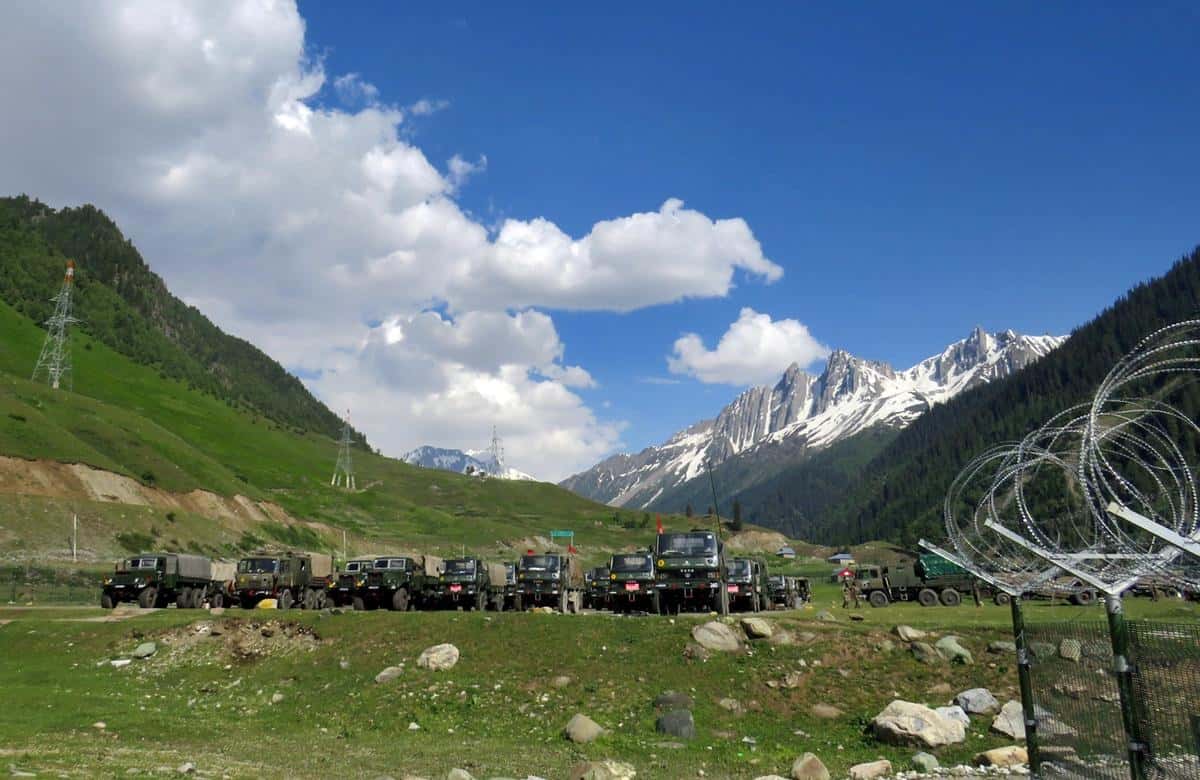×
The Standard e-Paper
Join Thousands Daily

Indian and Chinese troops clashed with iron rods and stones at their disputed border, resulting in casualties on both sides including the death of three Indian soldiers, Indian officials said on Tuesday, in a major escalation of a weeks-old standoff.
China and India traded accusations as to who was to blame for the face-off in the snow deserts of Ladakh in the western Himalayas on Monday. No shots were fired, an Indian government source said.